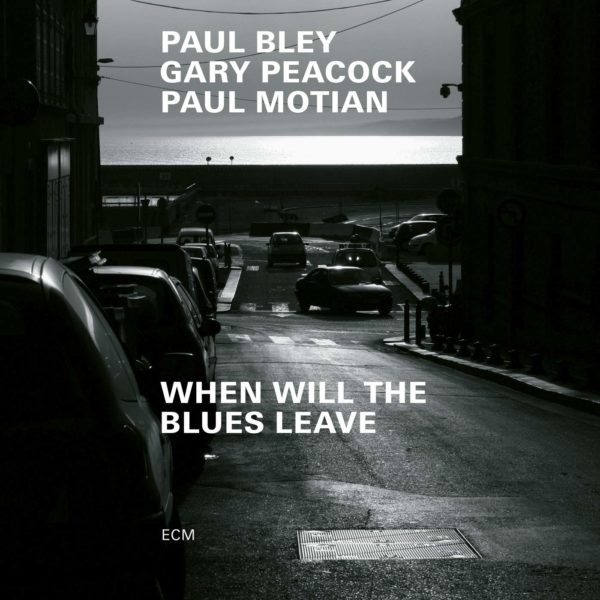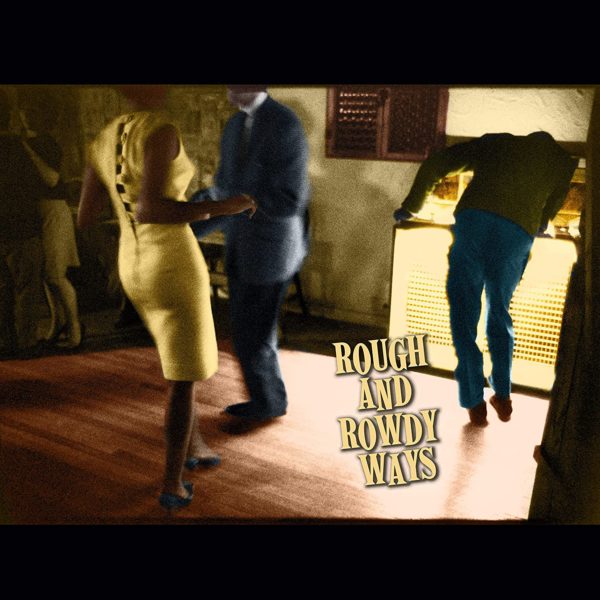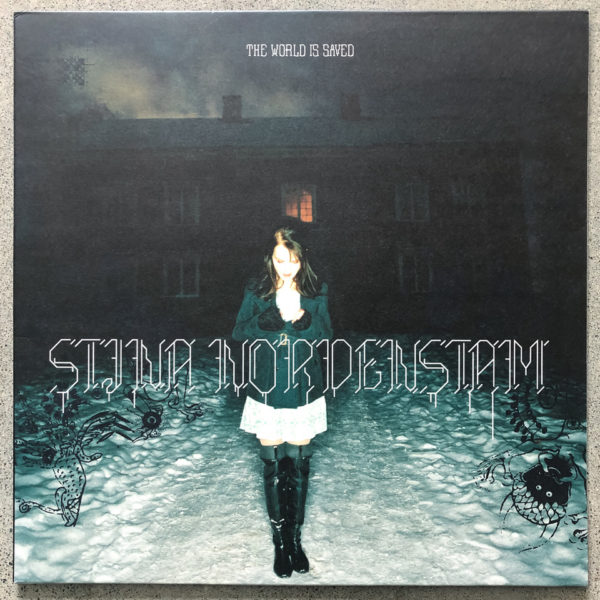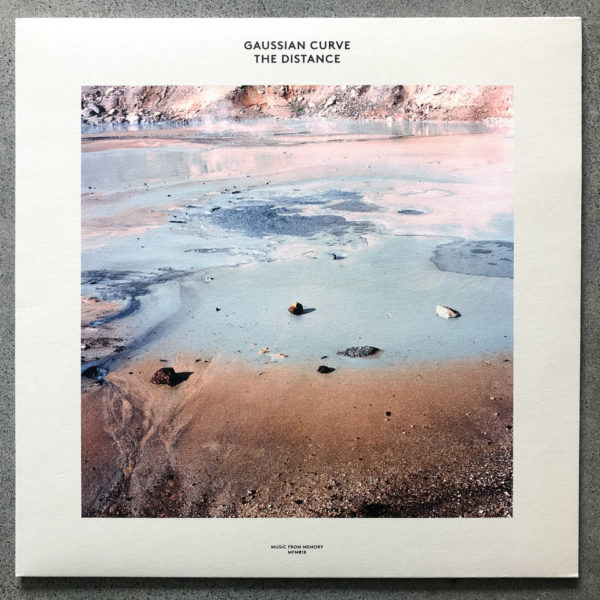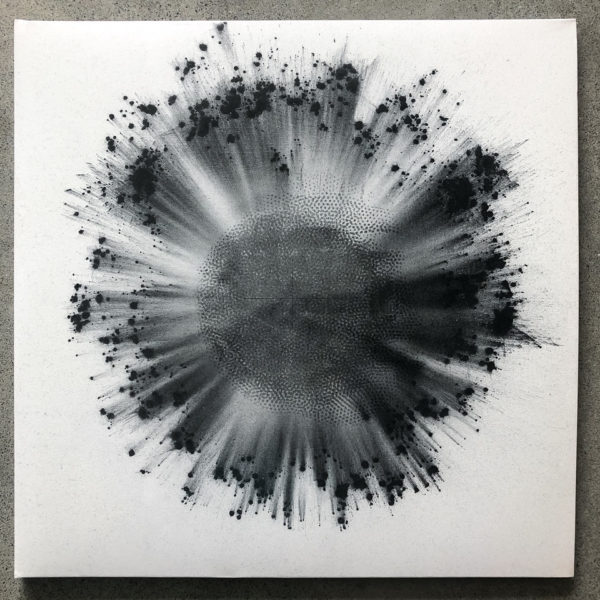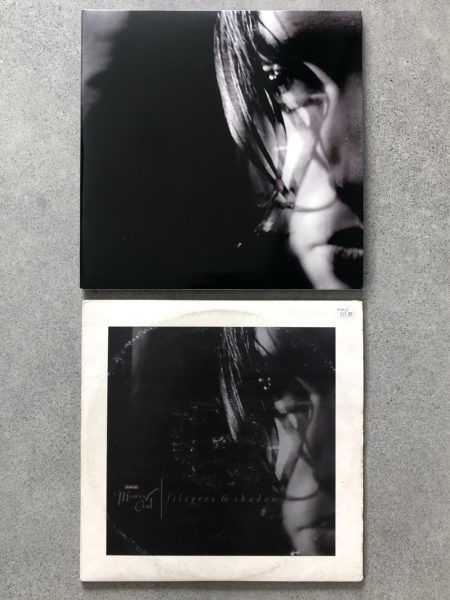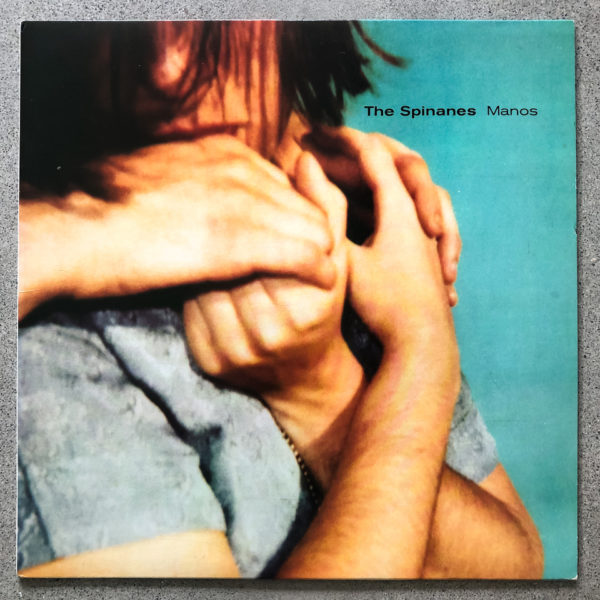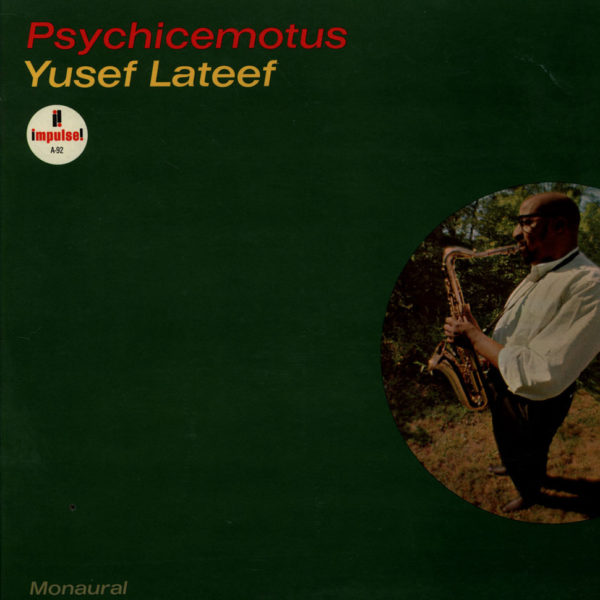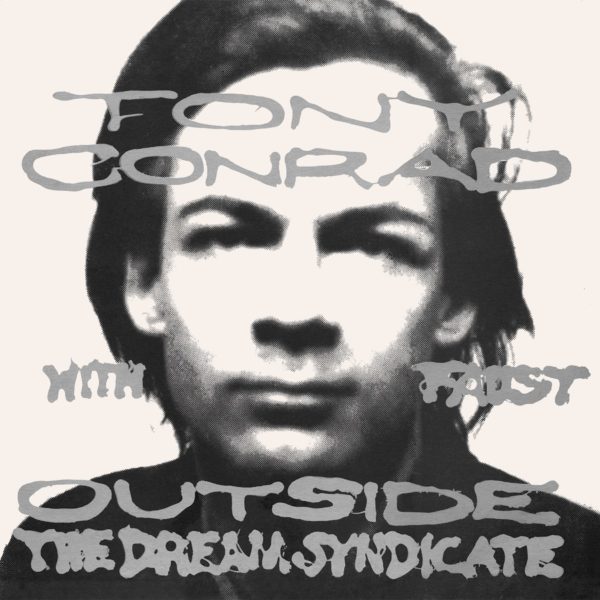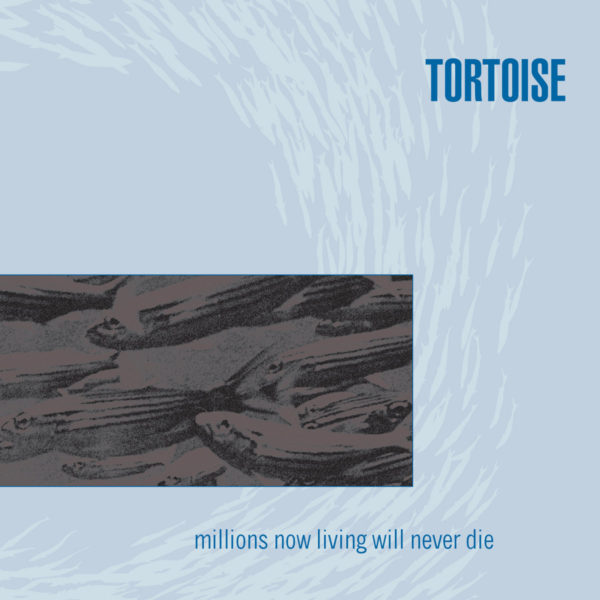Hello, my name is Hank. Thanks to Zach for inviting me to do this. Info on some of my endeavors can be found here.
T Pain, Tiny Desk Concert: This video is in no way new. Doing some Googling, it appears that the internet rightly flipped out over it en masse in October 2014 when it came out, and it’s currently sitting at 18.7 million YouTube views. But it is new to me. I like watching NPR’s Tiny Desk performances in general (lately, I’ve loved the Tyler, the Creator and Noname ones), and last week, the T Pain edition popped up in my YouTube “Up next” box. Since then, I have probably watched it 30 times. This is an extremely potent example of the Unplugged effect, i.e., the magic that can result when an artist usually heard through a filter of volume, distortion, and/or high-tech production (in this case, Auto-Tune), etc., checks those trappings at the door and simply let the songs speak for themselves. I’ve likely heard these tracks — “Buy U a Drank (Shawty Snappin’),” “Drankin’ Patna,” etc. — out in the world in a passive kind of way, but none of that prior exposure prepared me for this, i.e., the transformation of strip-club anthems into what sound more like heart-rending gospel hymns. The whole performance, just T-Pain and a keyboardist I wish I knew more about who’s apparently named Toro (apologies if I got that spelling wrong, but I cannot find any info on this man anywhere), feels casual yet sublime. I just wish it were longer.
On the Might of Princes, Where You Are and Where You Want to Be: The world of emo, screamo and related subgenres is discussed these days with an almost academic specificity, complete with talk of “waves” and micro-eras. I admire the dedication but I don’t pretend to be an authority here. I just happen to dig a lot of the music that falls under this general umbrella, from Rites of Spring and Cap’n Jazz all the way up through Say Anything, La Dispute and the Hotelier. (Being from Kansas City, I’ve got a special fondness for the bands Boys Life, Giants Chair, and The Farewell Bend, all essential if you don’t know them.) In terms of the fundamental qualities that I look for in this general area, I’m not sure I’ve ever heard a better record than this one. It’s at once punishing and emotionally shattering, ranging from apocalyptically intense post-hardcore to the most tender indie rock imaginable. Singer-guitarist-songwriter Jason Rosenthal, who tragically died in 2013, comes off like the ultimate embodiment of that pissed-off, wounded kid we all know from countless basement shows, shrieking his way through the end of adolescence. (And clearly his sentiments connected; check out this priceless live footage.) But this record is not just some kind of raw purge — the songs are elaborate yet beautifully paced, with an almost proggy sweep that I’ve rarely heard in this genre, and performed with real lived-in maturity (the drum performance by Chris Enriquez is absolutely stellar). The last song, “For Meg,” is so naked and exposed, it should come with a warning label. This is music you want to pump your fist to while sobbing uncontrollably, which is about the highest compliment I could think to pay an emo/screamo record. (After being out of print for years, the album was recently reissued by Dead Broke Rekerds; the vinyl’s already sold out, but thankfully can you can at least download it on Bandcamp. There’s also an OTMOP documentary now in progress, and I can’t wait to see it.)
Grateful Dead, Dick’s Picks Volume 31:I’m not a Dead expert; honestly, I’m barely a Dead novice. But I do really enjoy the Dead, especially those moments when they break free of song and really take it out there. This marathon set, drawn from three shows in August 1974, features some sublime examples of that aspect of Dead-dom, particularly a nearly half-hour-long version of “Playing in the Band” that I find absolutely transcendent. The idea of “jamming” has become a cliché and even a pejorative but there’s a reason so many people flocked to this group for decades — it’s because there’s a real feeling of eternity in this music, and of this strange, symbiotic ensemble unity where various musical organisms (shout-out in particular to Lesh and Kreutzmann, who I never tire of homing in on) are moving independently yet with full awareness of and responsiveness to the other. It’s rock music with a lot of the most attractive qualities of jazz and ambient music and, while this particular sensation isn’t pervasive throughout the album, there are still hints of it all over this set.
John Zorn, Baphomet: I’ve just concluded a roughly four-month immersion in the John Zorn universe, culminating in a somewhat lengthy Rolling Stone story that I published a couple weeks back. I spent time with a mountain of music for this and came away with a whole bunch of new Zorn and Zorn-adjacent faves, but the album that’s been sticking with me the most is the newest: Baphomet, which is the eighth album in just five years by Simulacrum, Zorn’s death-metal organ trio with the great John Medeski on keys and younger avant-garde metal badasses Matt Hollenberg (also of the band Cleric) and Kenny Grohowski (also of Imperial Triumphant, who are about to release an absolutely batshit and inspired album called Alphaville that you need to hear if you have an interest in any kind of outlandish/heavy music) on guitar and drums, respectively. Their live album from earlier this year, Beyond Good and Evil, is also excellent, but I really love the way Zorn turns them loose on a long-form piece here (one composition lasting around 40 minutes) and shows off everything they can do, from towering, explosive hard prog to groovy funk-fusion and gently lyrical mood music. I’d recommend this equally to a Zorn completist and someone who’s never heard a note of his music before. (Mount Analogue, another roughly 40-minute Zorn suite from 2012, with a more chill and mystical bent, is a great complement to Baphomet.)
Paul Bley, Gary Peacock and Paul Motian, When Will the Blues Leave: I adore Paul Bley. I know a lot of his records but not enough. Something — I wish I could remember what — sent me down a Bley rabbit hole recently, and I don’t think I’ll emerge for a while. I particularly love hearing him when he’s matched with players who share his knack for effortlessly bridging bold abstraction and disarming emotional depth. Two prime suspects there are Gary Peacock and Paul Motian, and this live trio set (recorded in 1999 but not released till last year) is a holy document. The ballads in particular on this thing (particularly the one called “Flame“) sound like they’re simultaneously ascending and exploding, and the more intense pieces (like the scampering rendition of the title piece by Ornette Coleman) have a kind of joyous spark to them that makes you want to leap up and start shimmying wildly. Players like these (RIP to both Pauls) found a way to celebrate the many schools and eras of jazz in all their splendor while also uncovering new and infinite musical mysteries. What you hear here is so free but it’s not “free jazz”; it’s just three absolute masters communing on the high wire and seeing what happens.
Bob Dylan, Rough and Rowdy Ways: Somehow at 79, Dylan is making more Dylan-y music than he ever has. He’s fully settled into his late style, capitalizing on the full range of his now-ravaged voice, and arrived at a mode that as my friend, the brilliant Jay Ruttenberg, put it in a New Yorker write-up, feels both “frisky and elegiac.” He tosses out one-liners both hammy and hilarious (I think my favorite is “I’ll take Scarface Pacino and the Godfather Brando/Mix ‘em up in a tank and get a robot commando,” from “My Own Version of You“), spits out threats with unsettling venom (“I ain’t no false prophet — I just said what I said; I’m here to bring vengeance on somebody’s head”) and creates these humid song tapestries that just keep unspooling and unspooling, on into some surreal eternity. There’s not really a Dylan album I know that I don’t love, and I know quite a few. But right now, I love this album (particularly the songs “False Prophet” and “Key West (Philosopher Pirate)“) as much as any of them.




